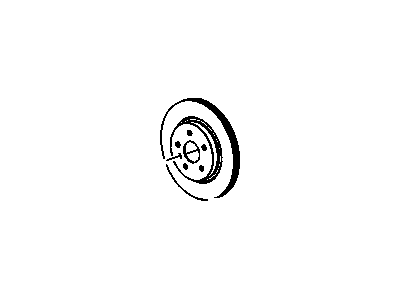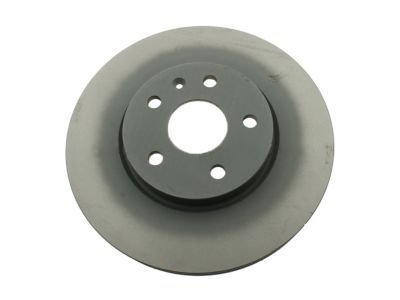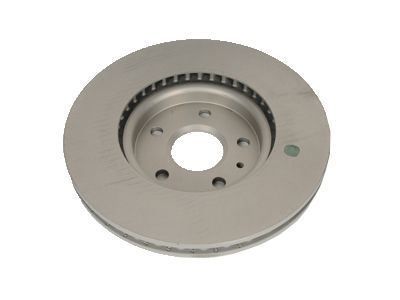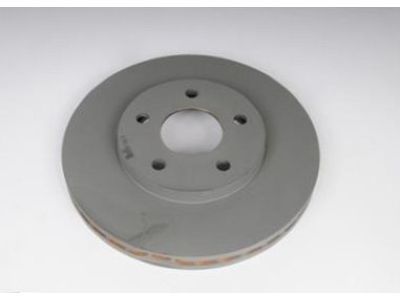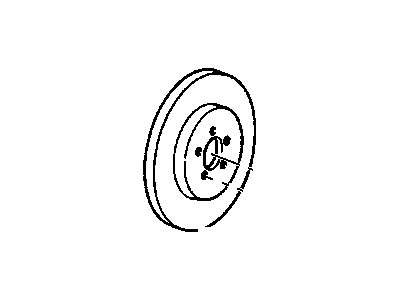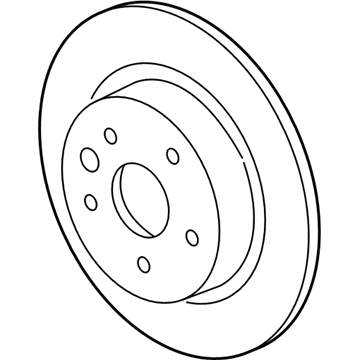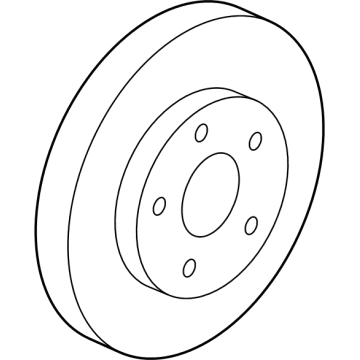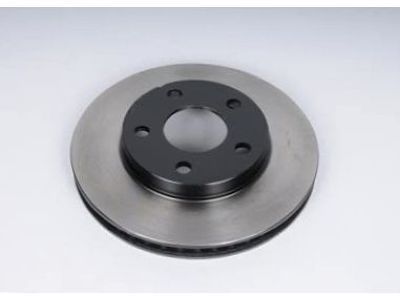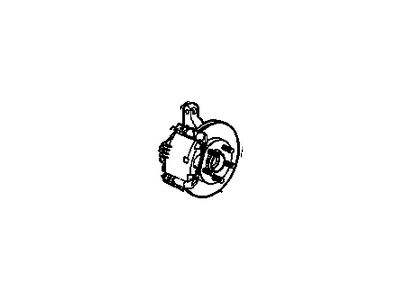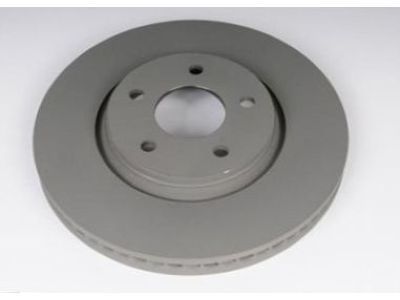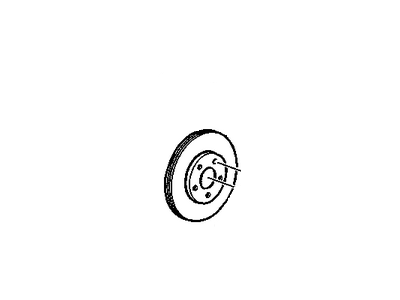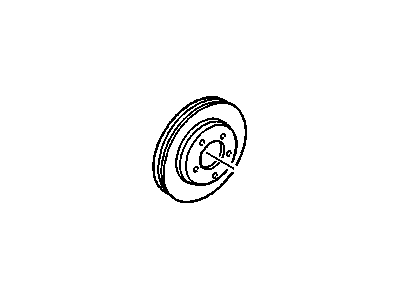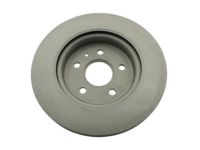
My Garage
My Account
Cart
Genuine Chevrolet Malibu Brake Disc
Disc Rotor- Select Vehicle by Model
- Select Vehicle by VIN
Select Vehicle by Model
orMake
Model
Year
Select Vehicle by VIN
For the most accurate results, select vehicle by your VIN (Vehicle Identification Number).
13 Brake Discs found
Chevrolet Malibu Rear Brake Rotor
Part Number: 23118534$143.35 MSRP: $281.90You Save: $138.55 (50%)Ships in 1-2 Business DaysChevrolet Malibu Front Brake Rotor
Part Number: 23118530$156.43 MSRP: $304.94You Save: $148.51 (49%)Ships in 1-2 Business DaysChevrolet Malibu Front Brake Rotor
Part Number: 19303828$52.53 MSRP: $160.27You Save: $107.74 (68%)Ships in 1-2 Business DaysChevrolet Malibu Rotor, Rear Brk (Ctd)
Part Number: 13544245$73.42 MSRP: $143.11You Save: $69.69 (49%)Ships in 1 Business DayChevrolet Malibu ROTOR-FRT BRK (CTD)
Part Number: 13552823$84.57 MSRP: $163.04You Save: $78.47 (49%)Ships in 1-2 Business DaysChevrolet Malibu Front Brake Rotor
Part Number: 23118529$96.73 MSRP: $188.55You Save: $91.82 (49%)Ships in 1-2 Business DaysChevrolet Malibu Rear Brake Rotor
Part Number: 23118537$125.58 MSRP: $244.80You Save: $119.22 (49%)Ships in 1-2 Business DaysChevrolet Malibu Front Brake Rotor
Part Number: 19303826$145.96 MSRP: $275.40You Save: $129.44 (47%)Ships in 1-2 Business DaysChevrolet Malibu Rear Brake Rotor
Part Number: 19303823$128.42 MSRP: $250.33You Save: $121.91 (49%)Ships in 1-2 Business Days
Chevrolet Malibu Brake Disc
Chevrolet Malibu Brake Disc is one of the disc brake system parts that give the braking pads a surface to move on in order to slow down our car or bring it to a complete halt. Located on the axle or hub, the rotor turns with the wheel, when the brakes ar pressed, hydraulic pressure pushes the caliper to squeeze the pad against the rotor. This design facilitates cooling particularly on the vented rotors that possess cooling flutes which are commonly mounted on the front side while the solid rotors may be fitted on the rearside of some models. Chevrolet Malibu, of course, has utilized different varieties of Brake Discs and their types which include, solid and vented and most of them are made of cast iron or polymer composites. The importance of maintenance is critical because of the rotors, these can develop problems such as scoring, warping or excessive run out which compromises the braking option. To maintain efficiency and safety of the Chevrolet Malibu vehicles it is recommended that the Brake Discs should be inspected often and replaced as soon as possible.
Each OEM Chevrolet Malibu Brake Disc we offer is competitively priced and comes with the assurance of the manufacturer's warranty for the part. Furthermore, we guarantee the speedy delivery of your orders right to your doorstep. Our hassle-free return policy is also in place for your peace of mind.
Chevrolet Malibu Brake Disc Parts Questions & Experts Answers
- Q: How to properly inspect and replace a brake disc on Chevrolet Malibu?A:Loosen the wheel lug nuts, raise the vehicle, and support it securely on jackstands. Remove the brake caliper and mounting bracket without disconnecting the brake hose, then suspend the caliper out of the way with a piece of wire. Visually inspect the disc surface for score marks and other damage; light scratches and shallow grooves are normal, but deep scoring requires disc removal and refinishing by an automotive machine shop. Check both sides of the disc, and if pulsating occurs during brake application, suspect excessive disc runout. To check brake disc runout, reinstall the lug nuts (inverted if possible) and place a dial indicator about 1/2-inch from the outer edge of the disc, setting the indicator to zero before turning the disc. The reading should not exceed the specified allowable runout limit; if it does, the disc should be refinished or replaced. A seemingly smooth brake disc that has been previously installed should be resurfaced regardless of the dial indicator reading to ensure a perfectly flat surface, eliminating any brake pedal pulsation. If not resurfacing, remove the glaze from the surface with emery cloth or sandpaper using a swirling motion. Do not use a brake disc that is severely pitted, scarred, heavily grooved, or has been machined below the minimum thickness, which is cast or stamped into the disc. The brake disc thickness can be checked with a micrometer, ideally measuring in at least three different locations equally spaced around the disc. Remove the caliper and the caliper mounting bracket, then remove the lug nuts if they were reinstalled for the runout inspection. Mark the brake disc at one of the wheel studs for reinstallation in the same position, then remove the disc retaining screw if equipped and take the disc off the hub. While the disc is off, wire-brush the backside of the disc and the center portion of the wheel hub where the disc makes contact. Align the index marks and place the disc in position over the wheel studs, tightening the retaining screw securely if equipped. Install the caliper mounting bracket and caliper, tightening the bolts to the specified torque. Install the wheel, lower the vehicle to the ground, and tighten the lug nuts to the specified torque. Depress the brake pedal a few times to bring the Brake Pads into contact with the disc, and bleeding will not be necessary unless the brake hose was disconnected from the caliper. Check the operation of the brakes carefully before driving the vehicle.
Related Chevrolet Malibu Parts
Browse by Year
2024 Brake Disc 2023 Brake Disc 2022 Brake Disc 2021 Brake Disc 2020 Brake Disc 2019 Brake Disc 2018 Brake Disc 2017 Brake Disc 2016 Brake Disc 2015 Brake Disc 2014 Brake Disc 2013 Brake Disc 2012 Brake Disc 2011 Brake Disc 2010 Brake Disc 2009 Brake Disc 2008 Brake Disc 2007 Brake Disc 2006 Brake Disc 2005 Brake Disc 2004 Brake Disc 2003 Brake Disc 2002 Brake Disc 2001 Brake Disc 2000 Brake Disc 1999 Brake Disc 1998 Brake Disc 1997 Brake Disc 1983 Brake Disc 1982 Brake Disc


